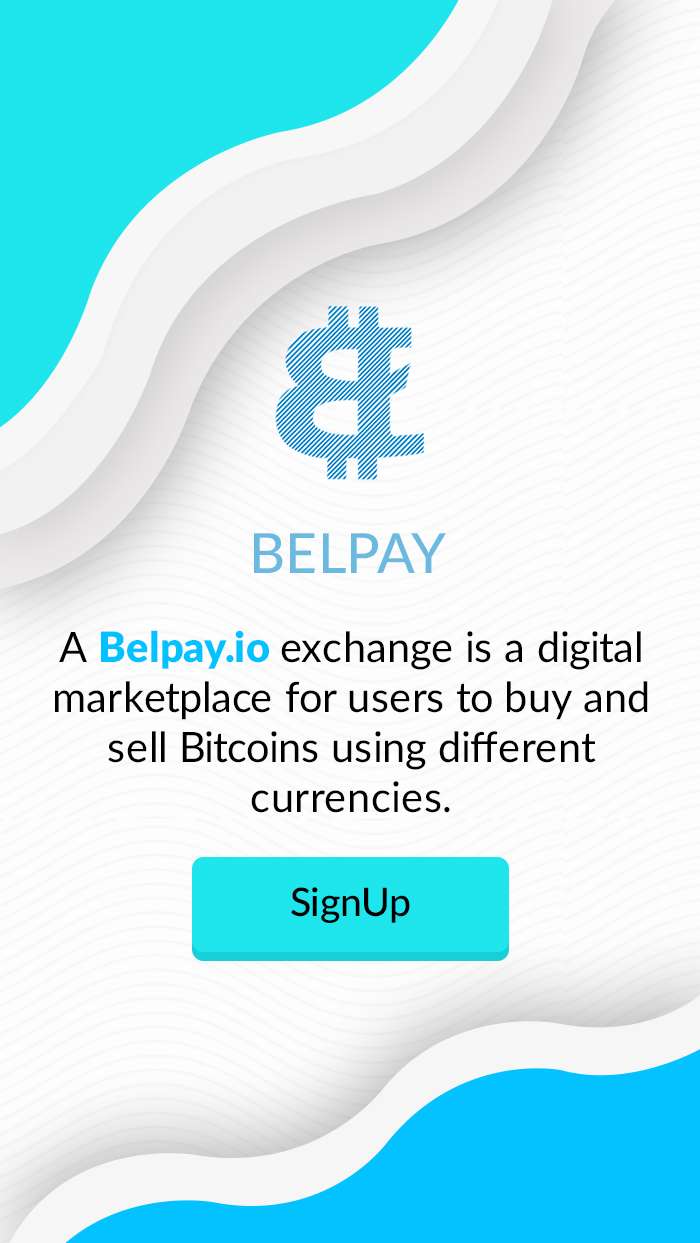Latest News
A report of a current event, knowledge, information
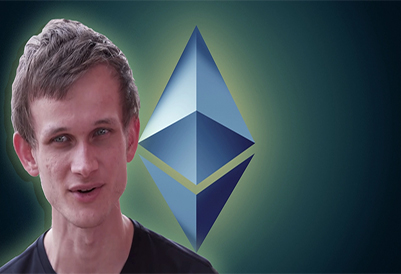
Ethereum Co Founder Vitalik Buterin Publishes Plausible Roadmap Addressing Scalability
As of late the Ethereum network has gotten a great deal of analysis about the convention's information move charges and versatility. In a blog entry called "Endgame," distributed on December 6, the fellow benefactor of Ethereum, Vitalik Buterin examined plans to further develop scaling, the forthcoming confirmation of stake progress, and oversight obstruction.
Buterin Outlines Plausible Ethereum Scaling Roadmap in Endgame Blog Post
Vitalik Buterin, the noticeable prime supporter of the Ethereum project, has laid out his musings about a "conceivable guide" that could address the organization's scaling issues. The blog entry named "Endgame" clarifies a couple of ideas like a "second level of marking with low asset prerequisites," and presenting misrepresentation confirmations or Zk-Snarks where ETH clients can "economically" procure block legitimacy. The guide Buterin sums up expect to work on the blockchain without surrendering control obstruction.
What do we get later all of this is finished? Buterin asks in his most recent blog entry. "We get a chain where block creation is as yet incorporated, yet block approval is trustless and exceptionally decentralized, and concentrated enemy of oversight wizardry keeps the square makers from controlling." Buterin further adds:
It's to some degree stylishly terrible, however, it gives the fundamental ensures that we are searching for: regardless of whether each and every one of the essential stakers (the square makers) is resolved to assaulting or controlling, the most terrible that they could do is all go disconnected altogether, so, all things considered, the chain quits tolerating exchanges until the local area pools their assets and sets up one essential staker hub that is straightforward.
Buterin Discusses an Ethereum Rollup-Centric Roadmap, Big Block Chains, and Cross-Domain MEVs
Buterin's new blog entry follows the conversations that occurred toward the finish of November when Ethereum designers discussed ideas, for example, EIP-4488. The arrangement could diminish information move costs multiple times less, and Ethereum designer Tim Beiko shared his musings on EIP-4488 and bringing down the expenses of rollups. In the Endgame blog entry, Buterin additionally discussed utilizing rollups and this present innovation's "conceivable long haul future."
"Ethereum is very much situated to change in accordance with this future world, in spite of the innate vulnerability," Buterin stresses. "The significant advantage of the Ethereum rollup-driven guide is that it implies that Ethereum is available to each of the fates, and doesn't need to focus on an assessment on which one will essentially win." Buterin further added:
Ethereum specialists should ponder what levels of decentralization in block creation are really attainable. Everything will work out for the best to add confounded pipes to make exceptionally decentralized square creation simple if cross-space MEV (or even cross-shard MEV from one rollup taking up different shards) make it unreasonable in any case.
As far as "large square chains" Buterin says "there is a way for them to transform into something trustless and control safe, and we'll before long see whether their center designers and networks really esteem restriction obstruction and decentralization enough for them to do it." Buterin's blog entry closes by saying that "it will probably require a long time for all of this to work out."
"Sharding and information accessibility testing are mind-boggling innovations to carry out. It will require long stretches of refinement and reviews for individuals to be completely open to putting away their resources in a ZK-rollup running a full EVM," Buterin's Endgame post closes. "Furthermore cross-area MEV research also is as yet in its outset. Yet, it looks progressively clear how a practical yet brilliant future for versatile blockchains is probably going to arise."
Related News

Bitcoin becoming less-risky as an investment, Novogratz says

Brazil is prepping an IPO for its state-run digital bank

Indian bank to offer crypto services across its 34 branches
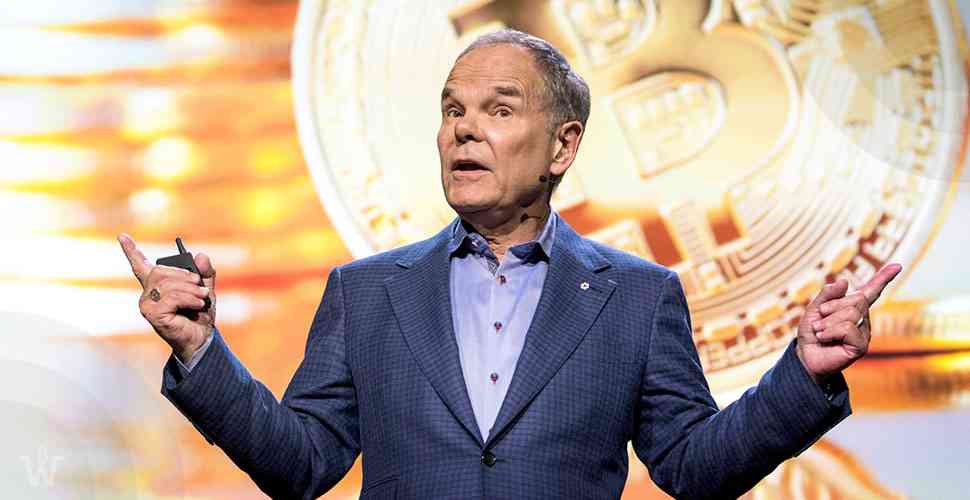
The blockchain revolution is already here, say Alex and Don Tapscott

‘The cryptoruble is the future’ says Russian policymaker

Bitcoin’s Price Must Pass $40K to Halt Exodus of Traders:

Cape Cod's Largest Hospital Gets Bitcoin Donations Worth $800K

Spain May Soon Regulate “Risky†Bitcoin Street Ads

Brazil Approves First Latam Based Ethereum ETF

Google's New Cryptocurrency Ad Policy Goes Into Effect

Second Largest U.S. Mortgage Lender to Take Bitcoin Payments
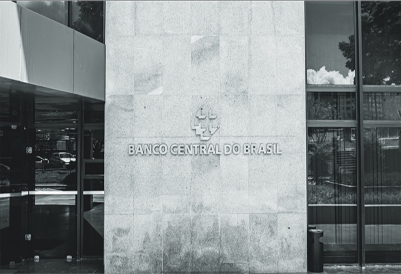
Central Bank of Brazil Researches Creation of Digital Real

14 Suspects in Cryptocurrency Investment Scam Arrested in Taiwan
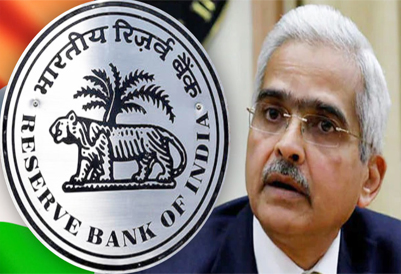
India Central Bank RBI Still Has Serious Concerns About Cryptocurrency

UK Post Office Adds Option to Buy Bitcoin via Easyid App

Bank of Russia Lists Crypto Companies Among Financial Pyramids

Major Cryptocurrency Exchanges Explore Entering Indian Crypto Market

Thailand to Develop Cryptourism Considers Issuing Utility Token

Grayscale Confirms Plan to Convert GBTC Into Bitcoin ETF

Goldman Sachs Predicts Ethereum Could Hit Dollar 8000 This Year
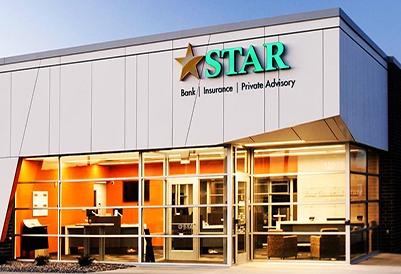
Indiana Star Bank Launches Bitcoin Trading Services

Venezuelan Court Rolls Back Seizure of More Than 1000 Bitcoin Miners

Bitcoin Dominance Slides Below 40 Percent for First Time in 6 Months
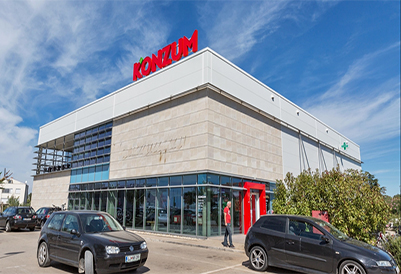
Leading Supermarket Chain in Croatia Introduces Crypto Payments

ECB Paper Marks Success Factors for CBDCs Digital Euro
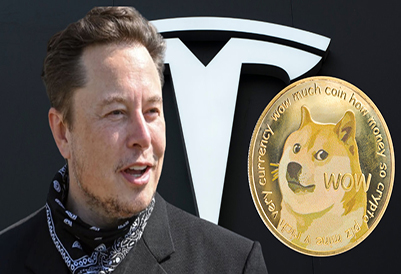
Dogecoin Soars After Elon Musk Announces Tesla Will Accept DOGE

Leading Supermarket Chain in Croatia Introduces Crypto Payments

Chinas Xinhua News Agency to Issue NFTs Despite Crackdown on Crypto

Former Finance Secretary Doubts Indian Government Understands Crypto

Indian Authorities Raid Cryptocurrency Exchanges for Tax Evasion

Crypto Tops Investor Threats for US Securities Regulators

New Spanish Regulations to Target Crypto Investment Ads

Crypto Users and Exchanges Must Now Report Transactions in Colombia

Colombia Registers First Real Estate Purchase With Bitcoin

Indian Parliament Member Clarifies Legal Status of Cryptocurrency

Wells Fargo Cryptocurrency Has Entered Hyper Adoption Phase
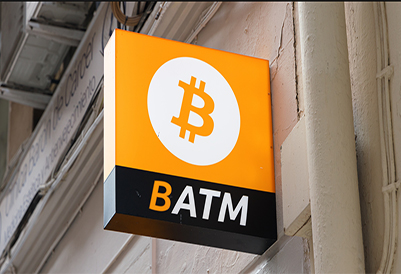
Venezuela Might Have Cryptocurrency ATMs Again Soon

US Senators Working on Broad-Based Crypto Regulation

Abkhazia Extends Crypto Mining Ban Till End of Year
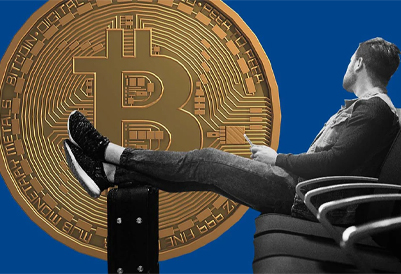
Is Bitcoin Heading Towards $25,000?

When is Cardano's next huge update coming?

How to recognize the best acquiring games?
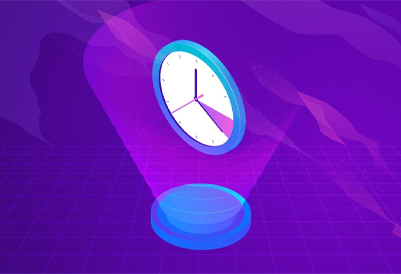
What Is Proof Of Time and How It Works?

Ripple Exec - XRP was created as a "better Bitcoin"?
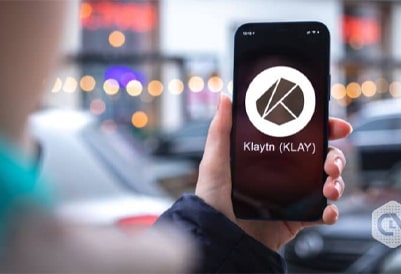
Wormhole Bridge further develops interoperability for Klaytn
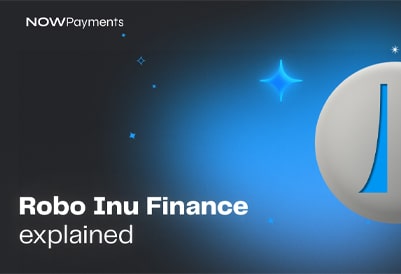
Cryptocurrencies Explained Robo Inu Finance

BabyDoge Price in Green as Swap Testnet Finally Goes Live

Tether Is Setting New Standards For Communication
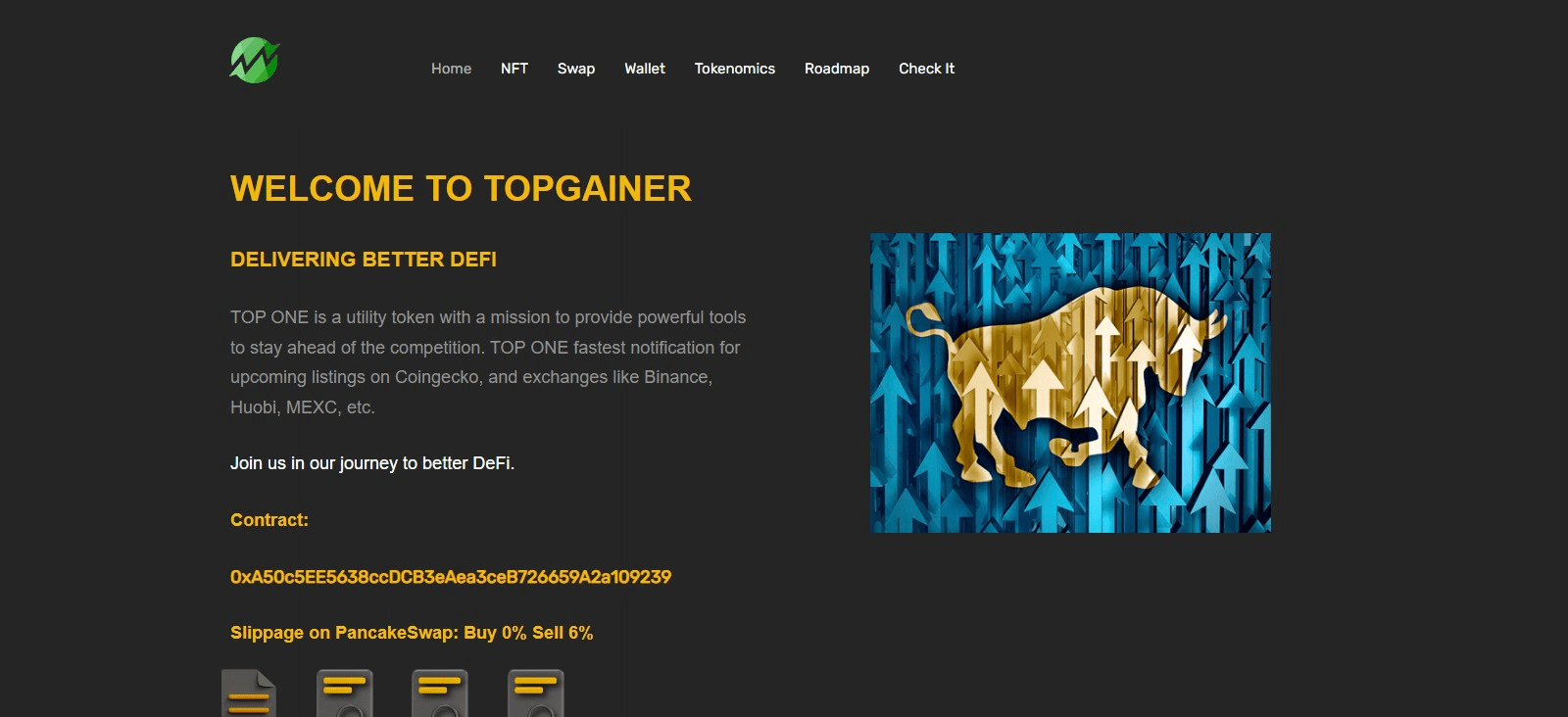
What Is Topgainer Complete Guide and Review About Topgainer
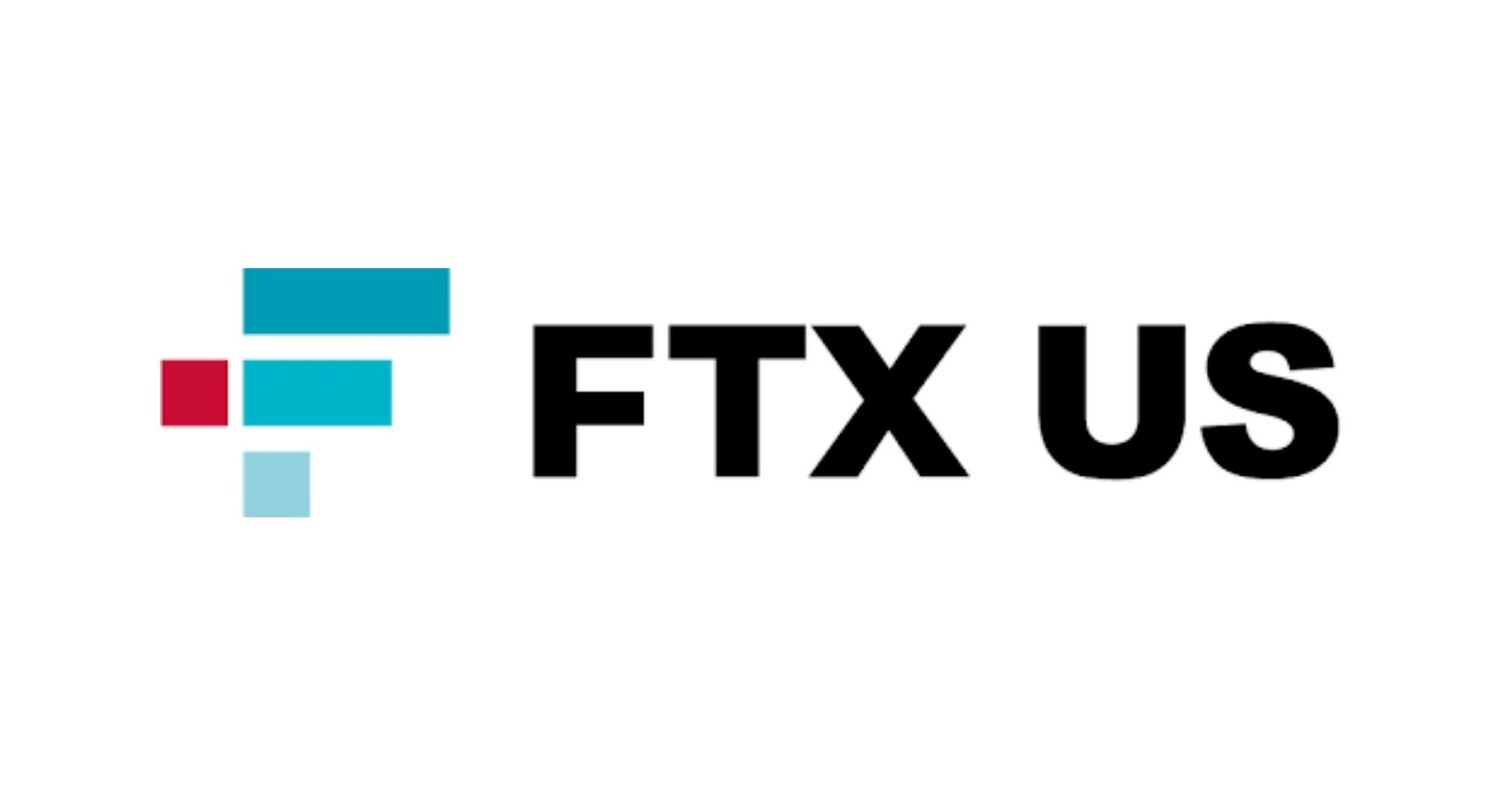
FTX US Lied About FDIC-Insured Products
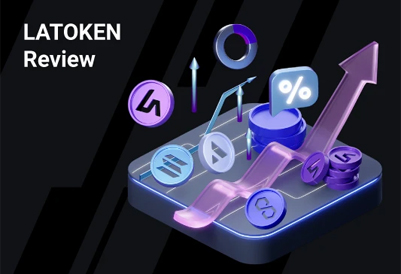
LATOKEN Review The Ultimate Guide 2022

NFT Security 101 With Ledger x NFTevening

BTC Must Reach 1 Billion Wallets To Hedge Inflation

BORA Price Prediction 2022, 2023, 2024, 2025: Will BORA Go Up
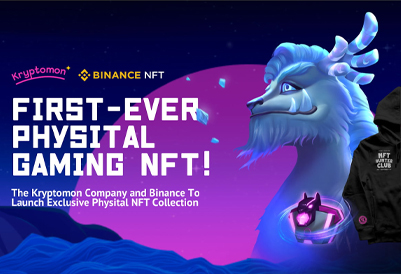
Kryptomon To Launch An Exclusive Physital NFT Collection On Binance NFT

Will Ethereum Merge Buy the Crypto Market?

The Best Crypto Podcast: Top 5 to Check

Driving Bitcoin Adoption At Silverstone – Bitcoin Magazine

How To Denominate In Bitcoin Terms – Bitcoin Magazine

What’s Better: Privacy Coins or Bitcoin Privacy Tools?

Bitcoin below dollar 21000, Ethereum hold above dollar 1,500

Everything you need to know about mining crypto on a smartphone

Technical Indicators Suggest That BTC Has Established Its Bottom

Bitcoin, Ethereum and other fall, Polygon jumps
.jpg)
Will The Next Genesis Crypto Brokerage Fail?
.jpg)
Why dogecoin price is up today while other cryptos are trading low
.jpg)
Bitcoin Swings Below $17,000, Ethereum and Other Crypto Tokens Fall
.jpg)
Bitcoin, Ether, Solana, Other Crypto Prices Are Rising Today
.jpg)
Bitcoin over $17,000; Dogecoin, Solana and Shiba Inu fell up to 9%
.jpg)
How to start trading Crypto Markets
 (1).jpg)
Bitcoin hits a one-month higher than expected US price
.jpg)
Price of Cardano (ADA) Will Experience Massive Drop as 2022 Ends
.jpg)
BTC Below $16,880 Support; Will It Follow a Positive Traction?
.jpg)
Top Trending Crypto on Binance, BNB Ousts Bitcoin on Second Position
.jpg)
Litecoin (LTC) Surpasses Shiba Inu (SHIB) in Market Cap

The presence of Bitcoin in the market is reaching all the time

3 good signs for the crypto industry in 2023
 (1).jpg)
Bitcoin, Ethereum down 1%, other tokens fell
 (6).jpg)
Latest Cryptocurrency Prices: Bitcoin, Ethereum, other mixed tokens

FTX claims that US$415 million in cryptocurrency has been stolen
.jpg)
How much of FTX debt has so far been recovered?
 (1).jpg)
Over $3.8 billion will be stolen in cryptocurrency hacks in 2022
 (2).jpg)
Bitcoin Exceeds $24,000 for the First Time Since June 20, 2022
 (1).jpg)
Crypto Price Today: Coins like Bitcoin, Ethereum, and others decline
 (5).webp)
Forecast of the Bitcoin price as BTC Rises 2.2%

What Will WBTC Worth In 2025

Bull Run Predicted To Continue For Bitcoin And Ethereum
.webp)
Bitcoin stays above $28,000 as Ethereum gains around 2%

Top Long-Term Cryptocurrency Investments
.webp)
Top Coins Land In Greens As Bitcoin Exceeds $28,000

Gains for Bitcoin, Ethereum, and other tokens

Bitcoin makes some progress, with Bitcoin SV leading the way
.webp)
Memecoin PEPE Becomes Top Gainer As Greens Dominate Charts
.webp)
Bitcoin and Ethereum underperform; XDC outperforms them all
.webp)
Bitcoin Is Still Under $30,000, but HBAR Is the Top Gainer
.webp)
Top Coins Land In The Red But Bitcoin Remains Above $27,000
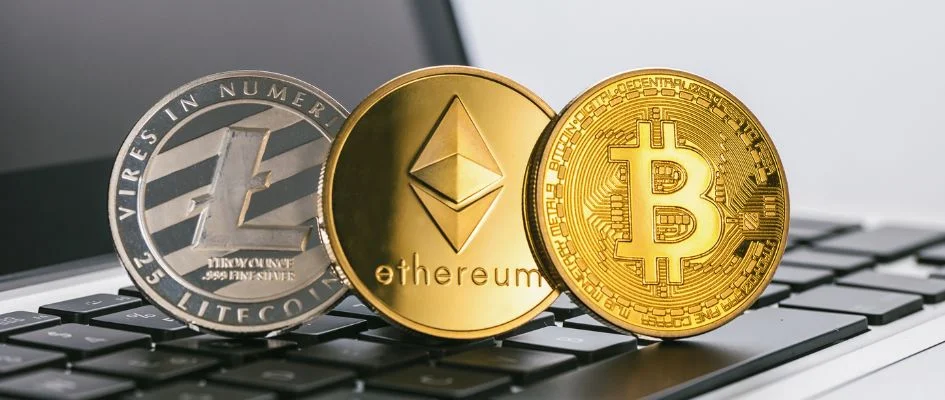
After a court supports a grayscale ETF, bitcoin increases
.webp)
Bitcoin is still trading below $26,000, while Astar is the top gainer
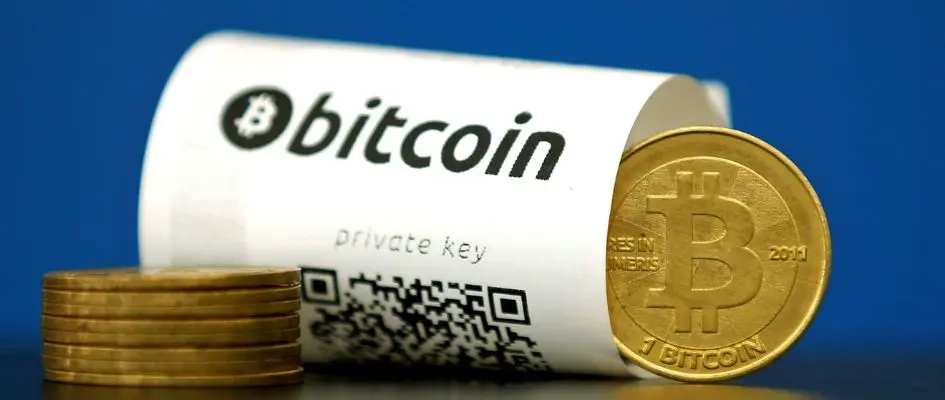
Axie Infinity overtakes all other gainers as Bitcoin holds above $26,000
.webp)
Axie Infinity overtakes all other gainers as Bitcoin holds above $26,000
.webp)
Bitcoin Surpasses $27,000, with Flare the Top Gainer
.webp)
The top gainer as Bitcoin drops below $27,000 is Terra Classic
.webp)
Over the weekend, Bitcoin remains below $27,000
.webp)
Top Coins Like Bitcoin, Ethereum, and Others Land In Reds
.webp)
Bitcoin Cash surpasses $1,600 as Ethereum crosses it

PEPE is the biggest loser when Bitcoin Falls Below $28,000
.webp)
Ethereum, Bitcoin, and Other Popular Coins Drop in Value
.webp)
Ethereum, Bitcoin, and Other Popular Coins Drop in Value
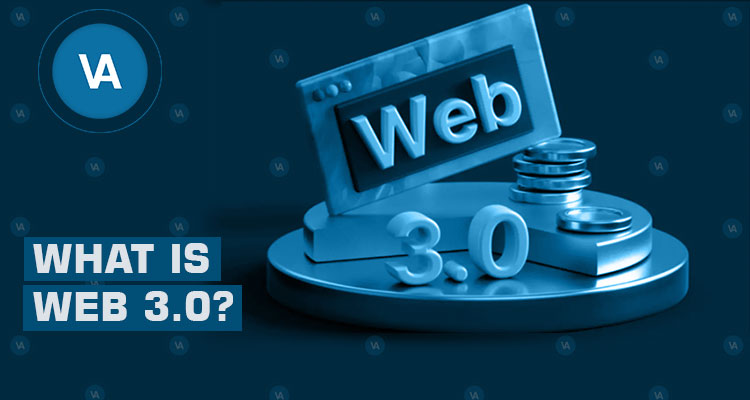
What Is Web3 and Why Does It Matter?
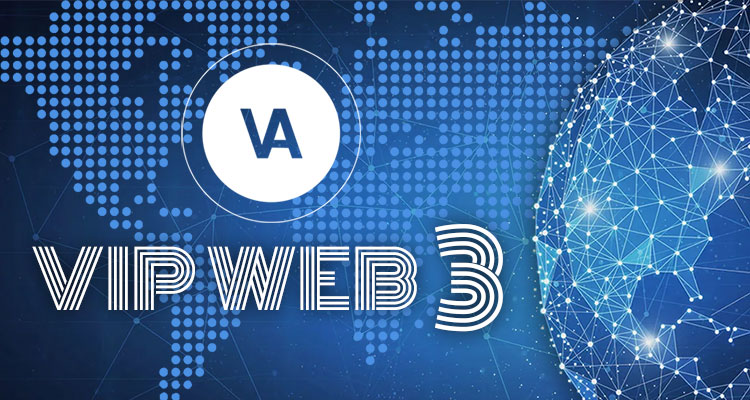
What Are VIP Web3 Wallet?
© 2025 WBTC Price All Rights Reserved.

-min.jpg)
 (1)-min.jpg)
-min.jpg)






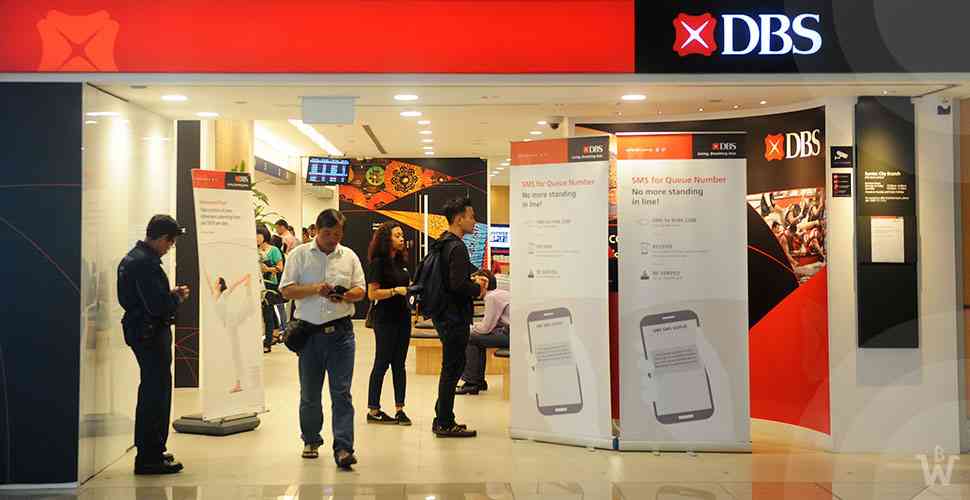






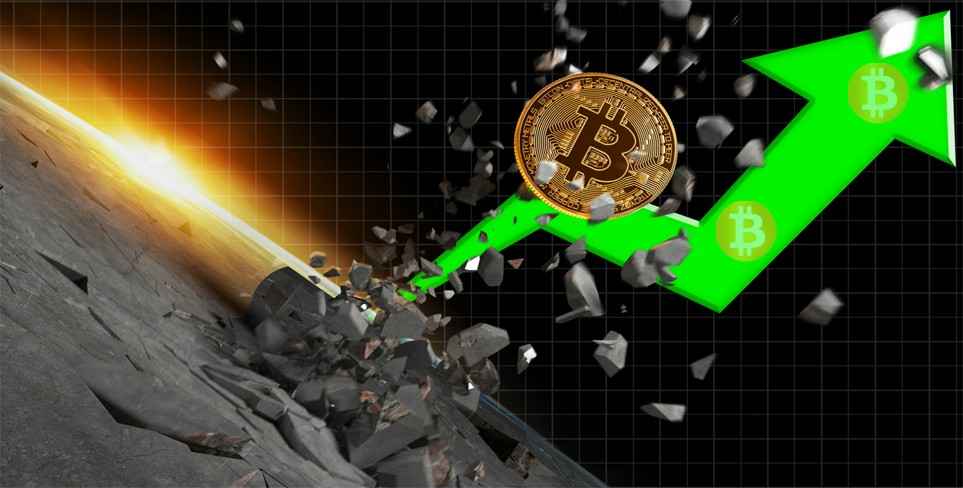




























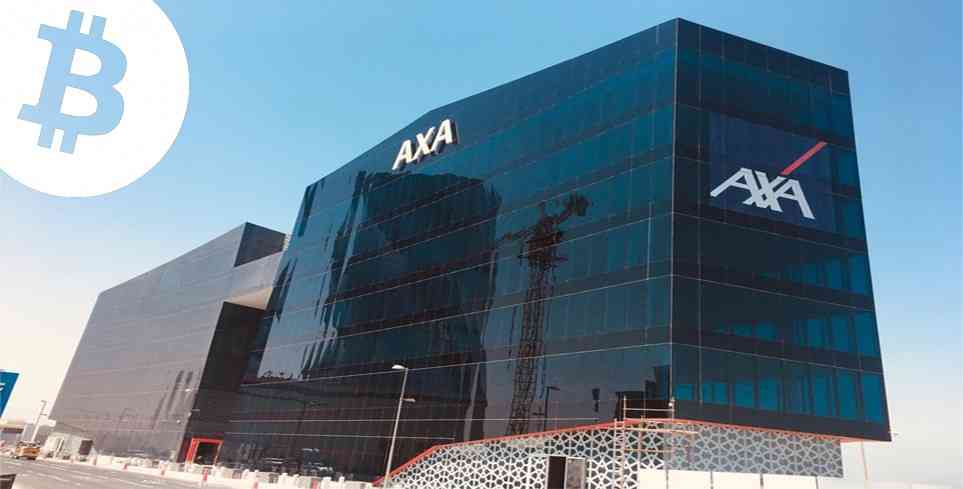








.jpg)
.jpg)

.jpg)
.jpg)
.jpg)
.jpg)
.jpg)
.jpg)
.jpg)
.jpg)
.jpg)
.jpg)
.jpg)
.jpg)
.jpg)
.jpg)
.jpg)



















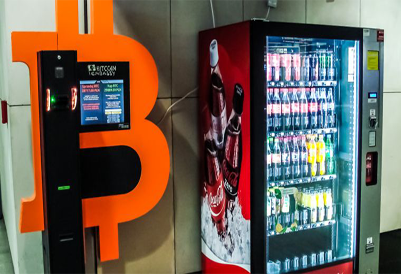


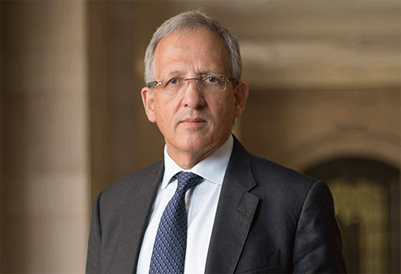



.jpg)
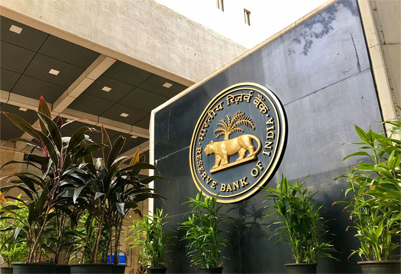



.jpg)



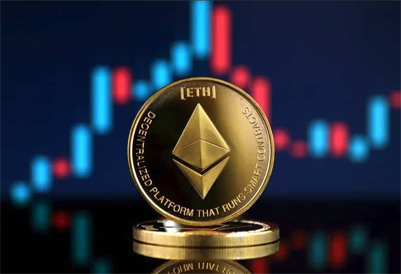


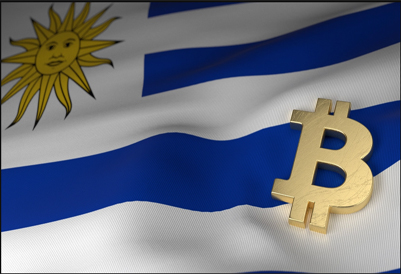








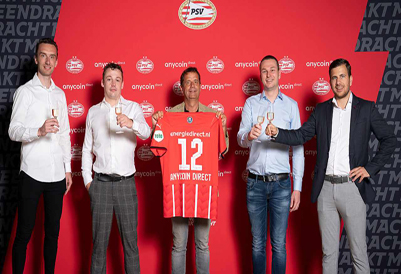




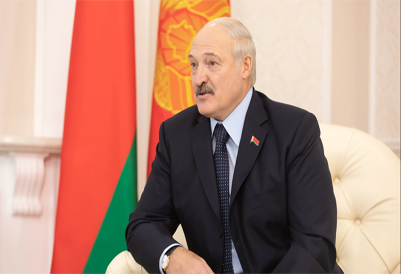

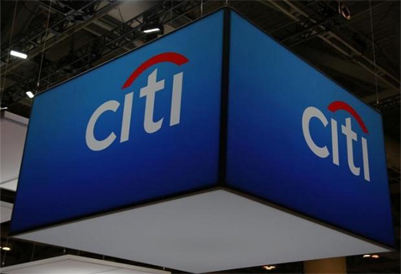











.jpg)


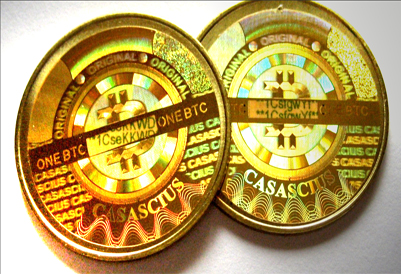








.jpg)




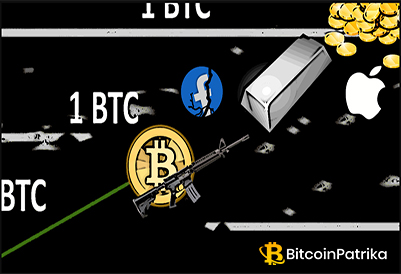

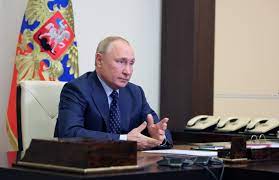

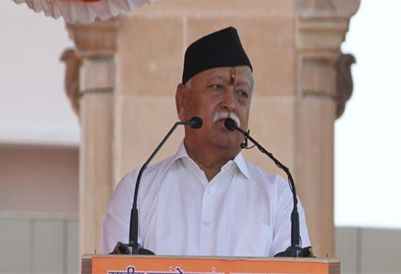

















.jpg)



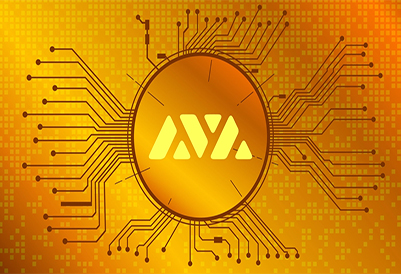









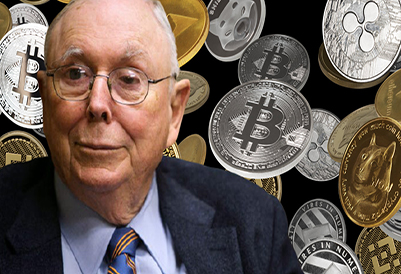
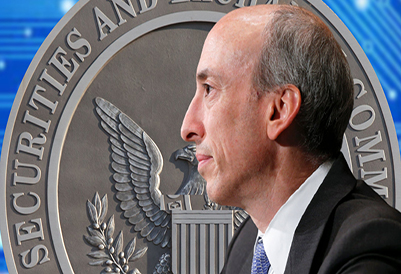
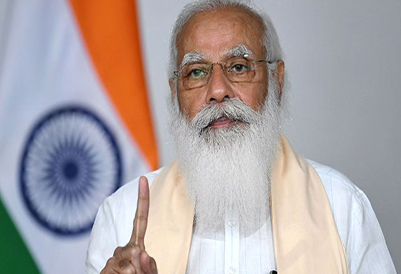







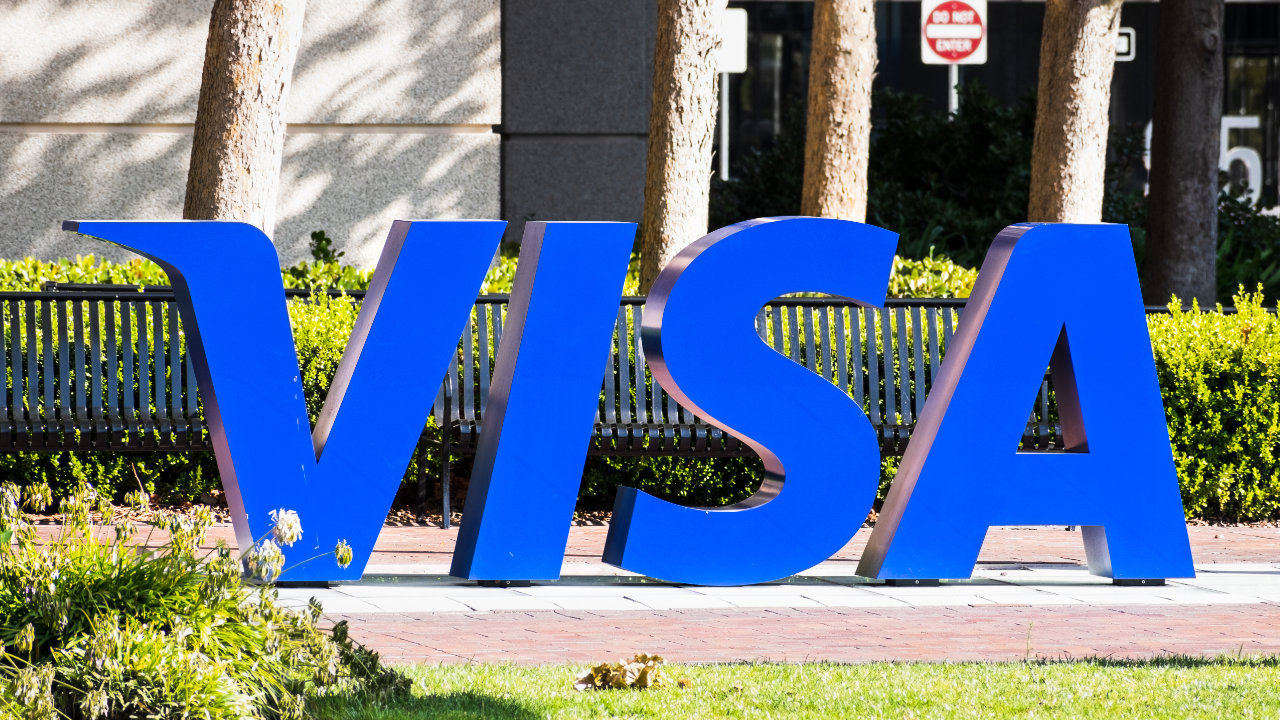


.jpg)
.jpg)





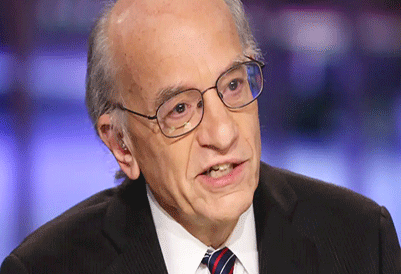
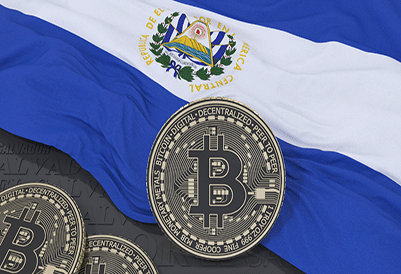




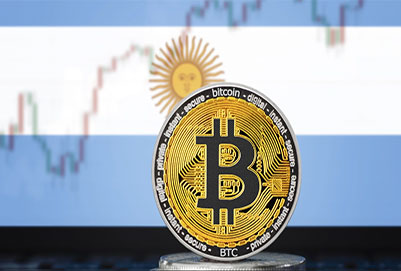



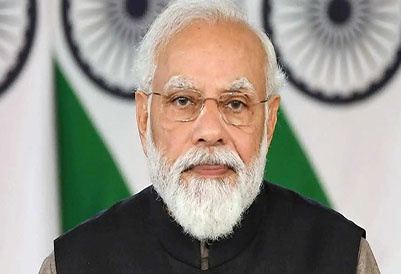
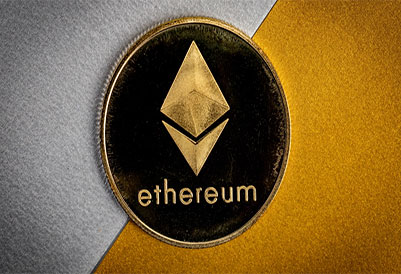






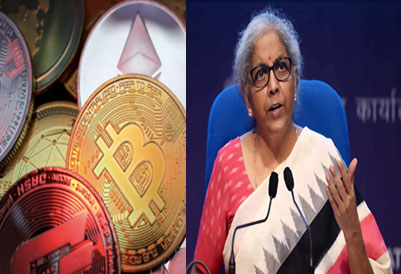




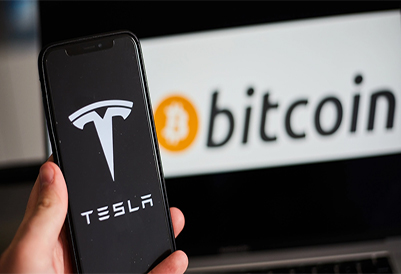


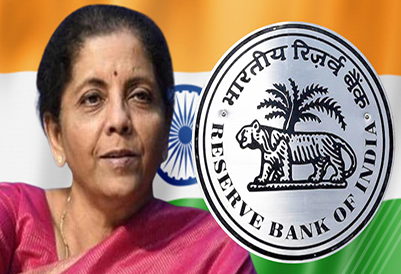








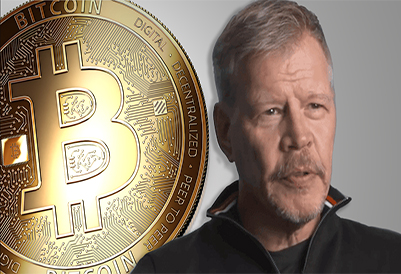



































-Offering-Risks-Retirement-Security-of-Americans,-Says-Labor-Department-Official.jpg)













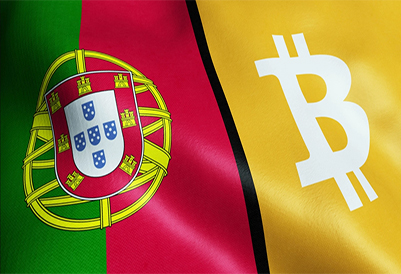





.jpg)

.jpg)
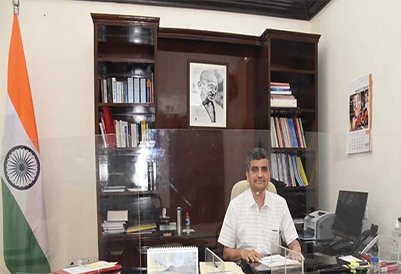



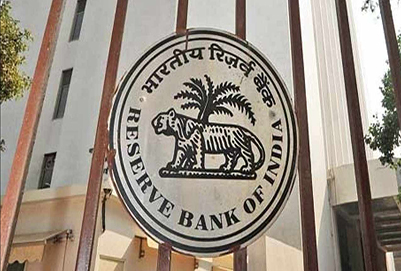












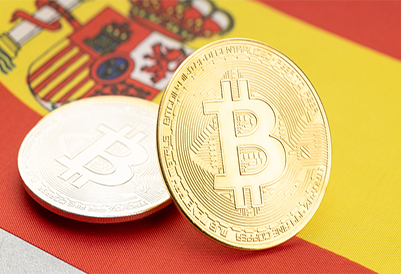










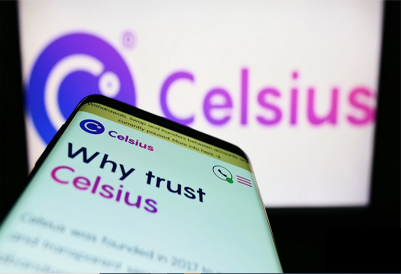




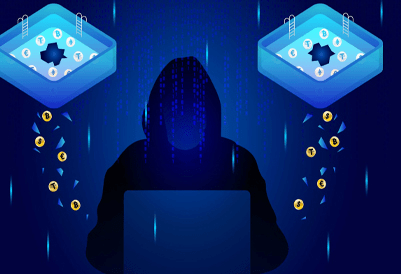
-cost-might-ascend to-doller-0.08-level.png)





-min.jpg)


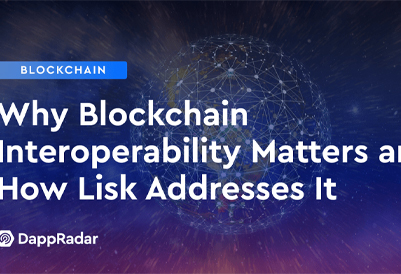



.jpg)

.jpg)
 (5).jpg)
 (1).jpg)
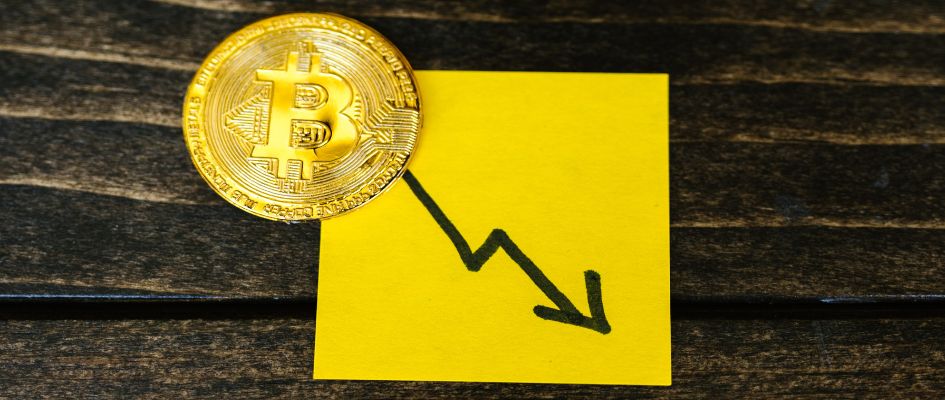

.jpg)
.jpg)
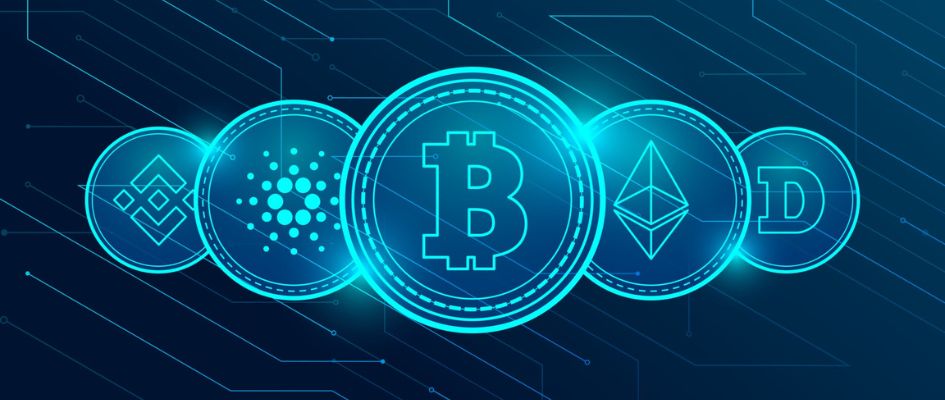
.jpg)
 (3).jpg)
 (2).jpg)
.jpg)
.jpg)
.jpg)
.jpg)
.jpg)
.jpg)
 (1).jpg)
 (2).jpg)
 (1).jpg)
 (2).jpg)

 (4).jpg)


 (1).webp)
 (3).webp)
.webp)
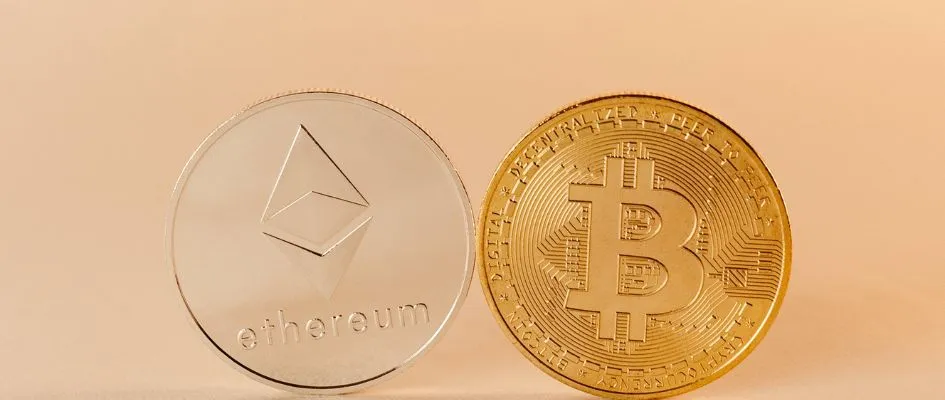
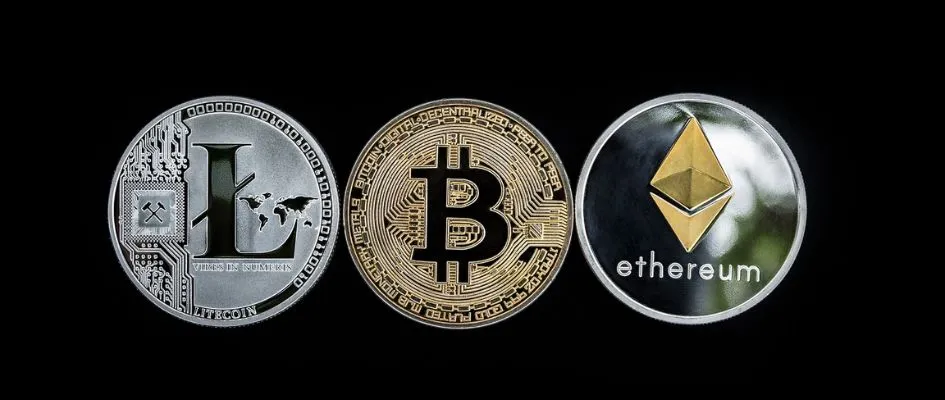






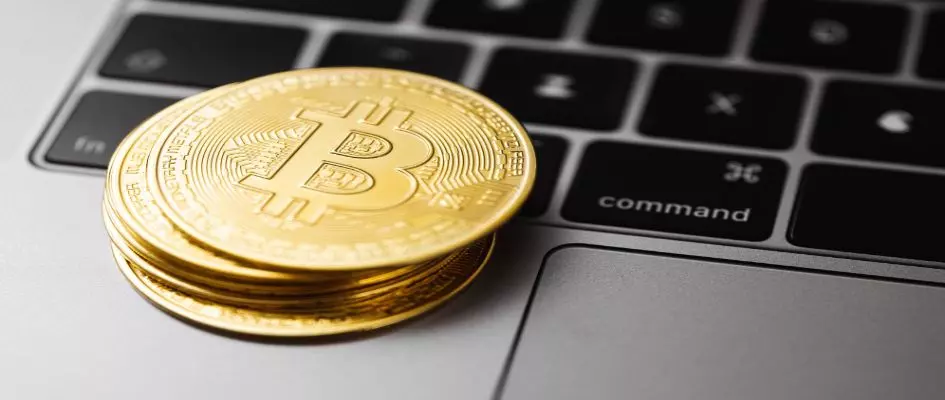
.webp)


.webp)
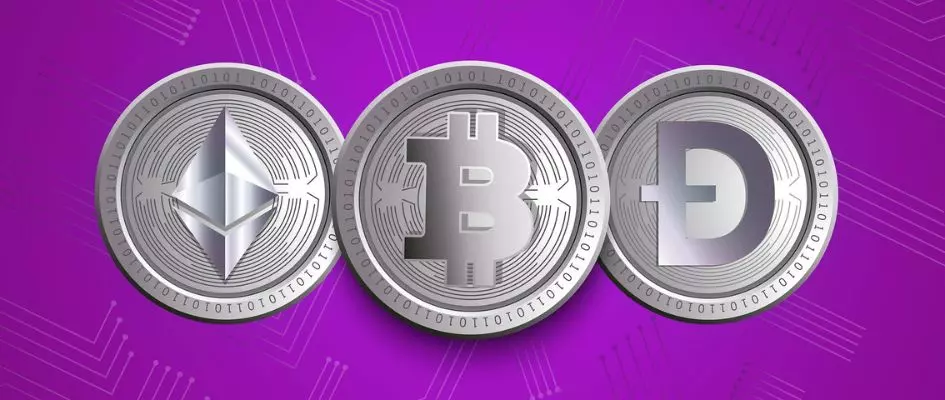
.webp)

.webp)
.webp)
 (2).webp)


.webp)


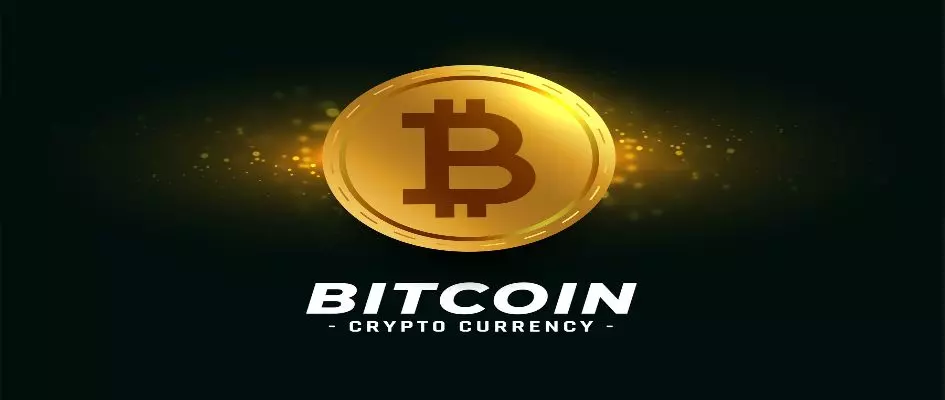
.webp)
.webp)

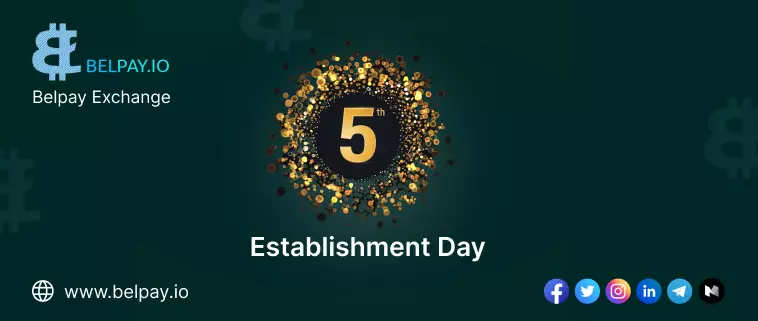



.webp)

.webp)
.webp)
.webp)
.webp)

.webp)
.webp)
.webp)


.webp)
.webp)
.webp)
.webp)
.webp)
.webp)
.webp)




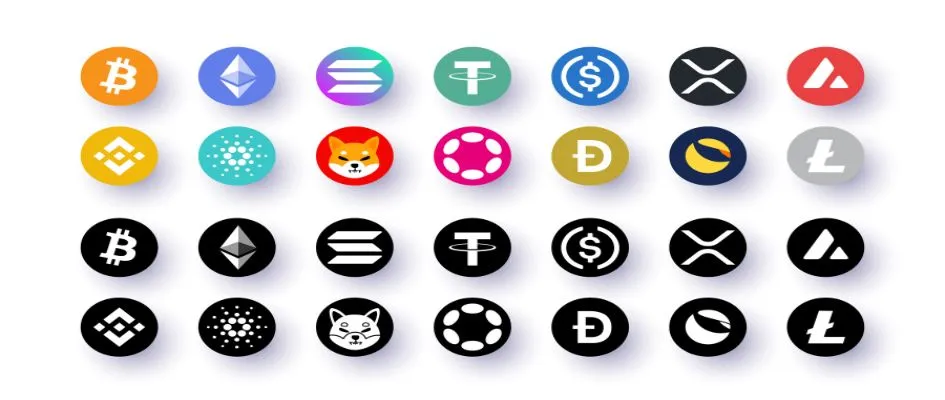



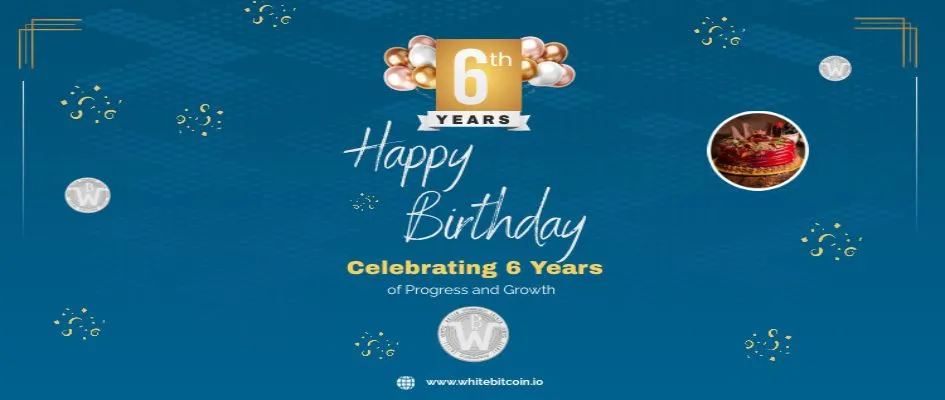
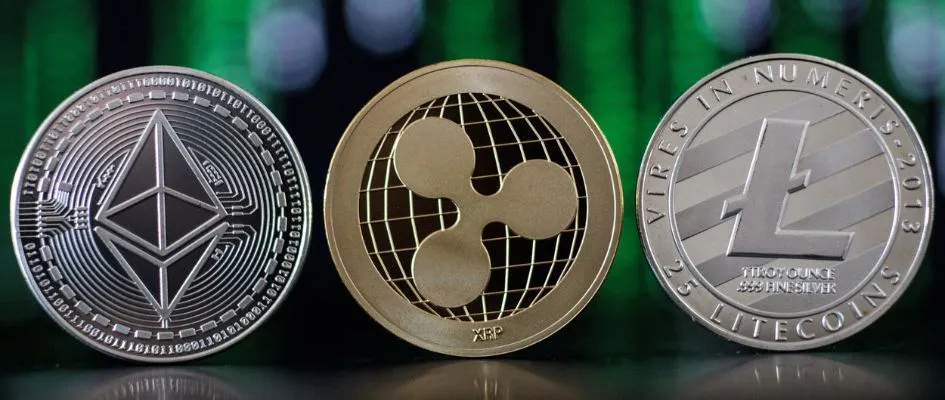

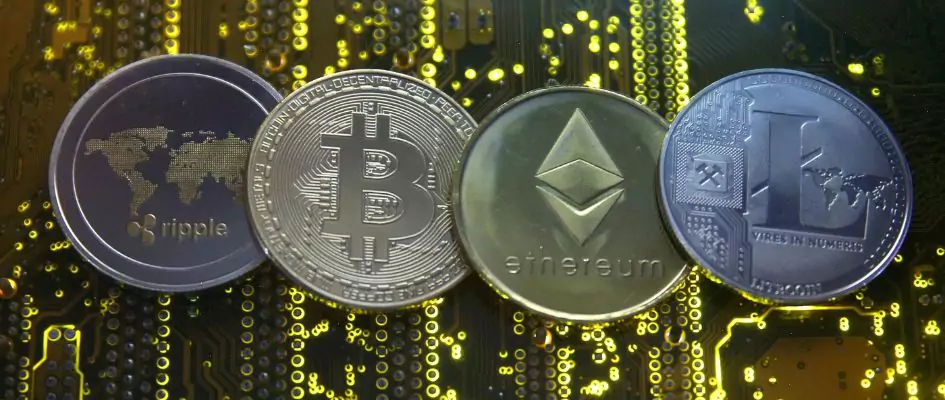

.webp)
.webp)
.png)


 White Bitcoin
White Bitcoin Bitcoin
Bitcoin Bitcoin Cash
Bitcoin Cash Bitcoin SV
Bitcoin SV Bitcoin Gold
Bitcoin Gold